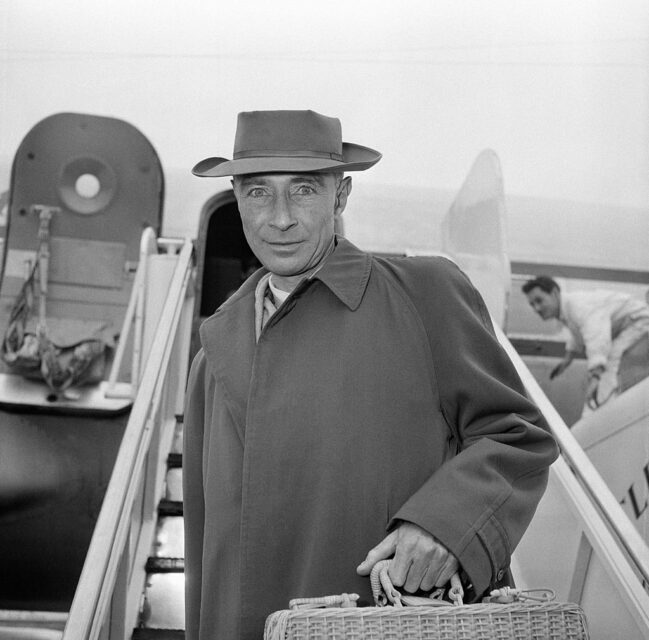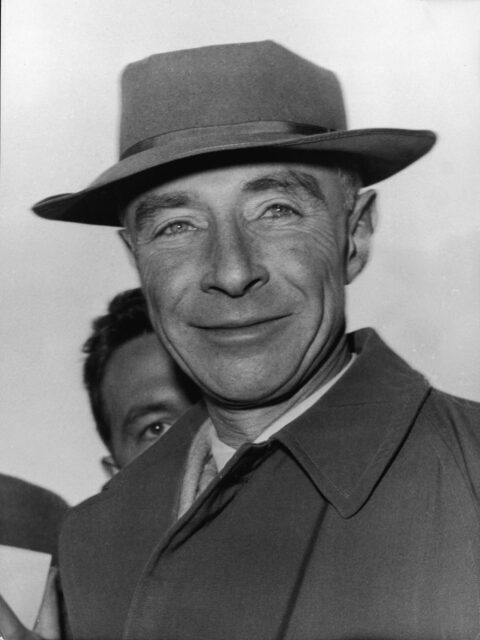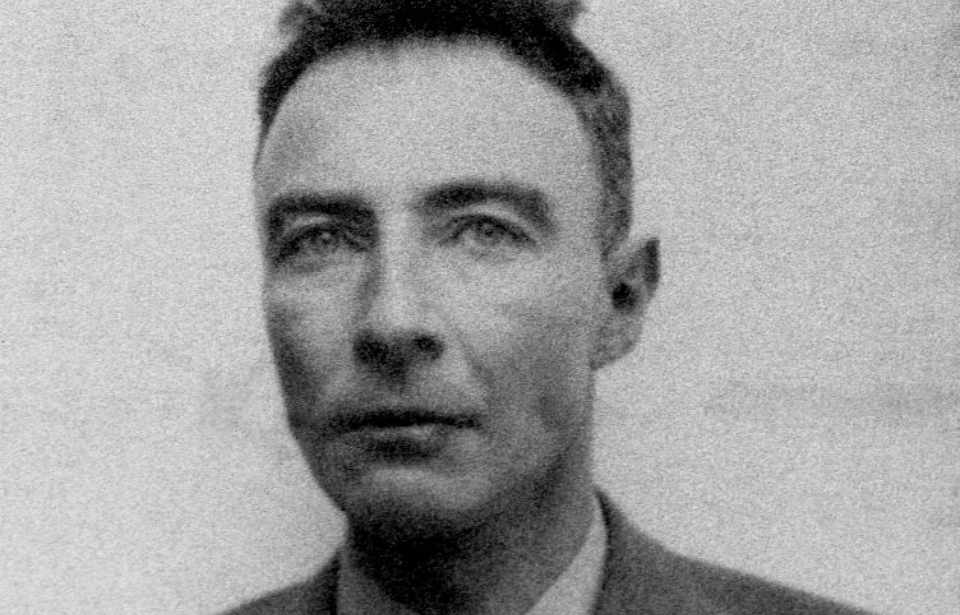The release of Oppenheimer in 2023 reignited interest in the life of the “Father of the Atomic Bomb.” However, one intriguing aspect remains shrouded in mystery: the inability to visit J. Robert Oppenheimer’s gravesite. This particular puzzle is tied to his role in the Manhattan Project and his deeply held personal beliefs.
J. Robert Oppenheimer fled to the Virgin Islands

Ten years after the Trinity Test, J. Robert Oppenheimer withdrew from public life. In 1955, he relocated to the Virgin Islands with his wife, daughter and son. They settled on a secluded two-acre parcel on Hawksnest Bay, St. John, an area that’s scarcely marked on most maps.
Several factors contributed to Oppenheimer’s retreat from society. His involvement in classified US military affairs subjected him to constant government scrutiny. By moving to St. John, he could escape the watchful eye of the FBI, finding solace in sailing and poetry without constant surveillance.
Additionally, his growing concern about the potential devastation of nuclear warfare influenced his decision. Embracing an anti-nuclear stance, he viewed the Virgin Islands as a sanctuary, believing it would be spared from nuclear fallout. Oppenheimer and his family lived there for twelve years. Eventually, a beach was dedicated to him in recognition of his time spent on the island.
Opting for cremation, not a burial

The reason no one can visit J. Robert Oppenheimer’s grave is because he doesn’t have one. He was a man of complicated beliefs, and one thing the theoretical physicist couldn’t find faith in was the existence of the immortal soul; just like his atomic bomb, he believed death was the utter and complete end of life.
As such, when Oppenheimer died from throat cancer on February 18, 1967, he chose to be cremated.
While you technically can’t visit a grave, you can travel to the Virgin Islands and head to Oppenheimer Beach, where his wife scattered his ashes into the ocean at his favorite spot, Carvel Rock.
A lasting memorial to J. Robert Oppenheimer

Sadly, death would continue to plague the family not long after J. Robert Oppenheimer’s death.
Five years after his ashes were scattered, his daughter went through the same ceremony following the death of her mother and Oppenheimer’s wife. Just five years after that, Katherine took her own life.
More from us: The True Story Behind the Netflix Film, ‘The Forgotten Battle’
The modest Oppenheimer bungalow had remained within the family after Oppenheimer’s death. However, prior to her passing, Katherine penned a note that left the property to “the people of St. John.” While the original home no longer exists, having fallen victim to a hurricane, the Virgin Islands Government operates and maintains a community center nearby.
